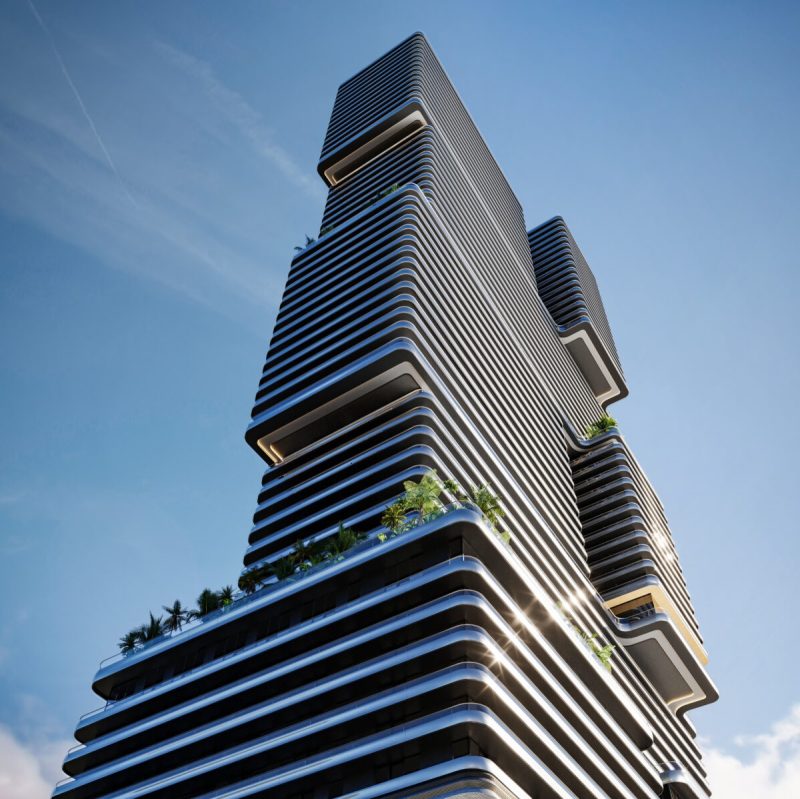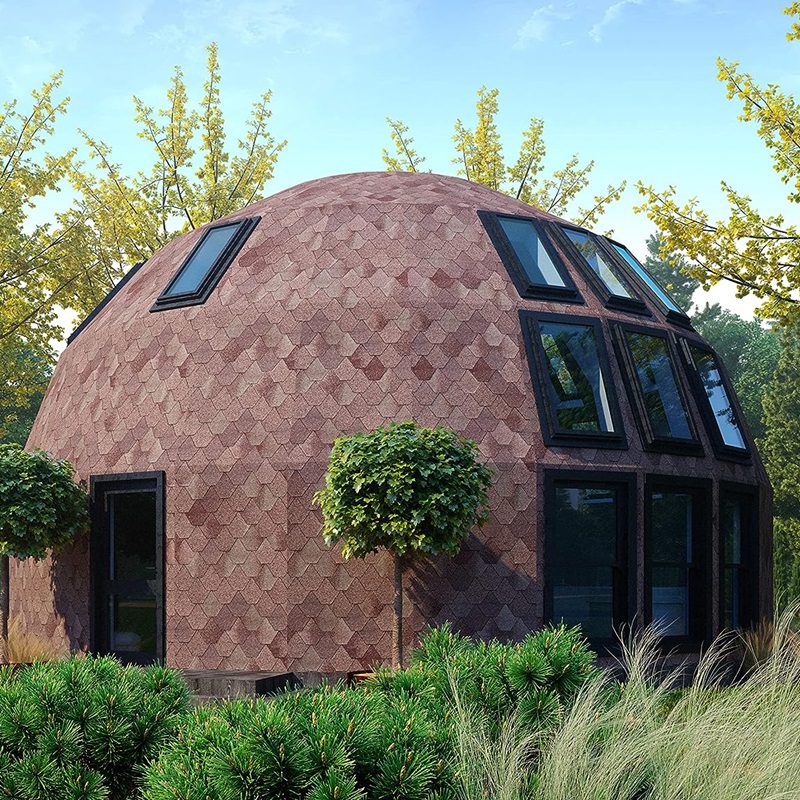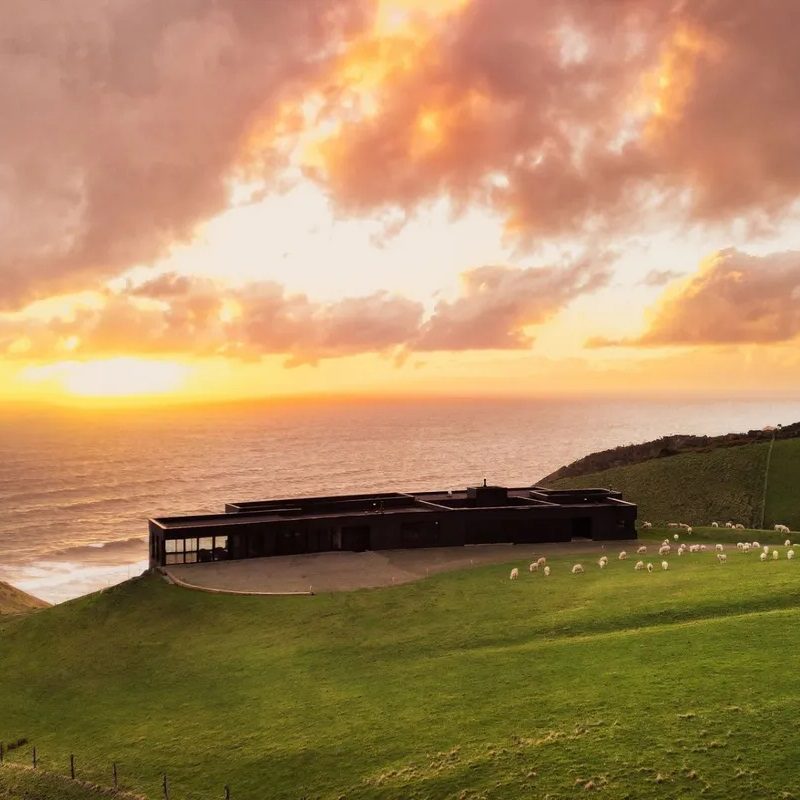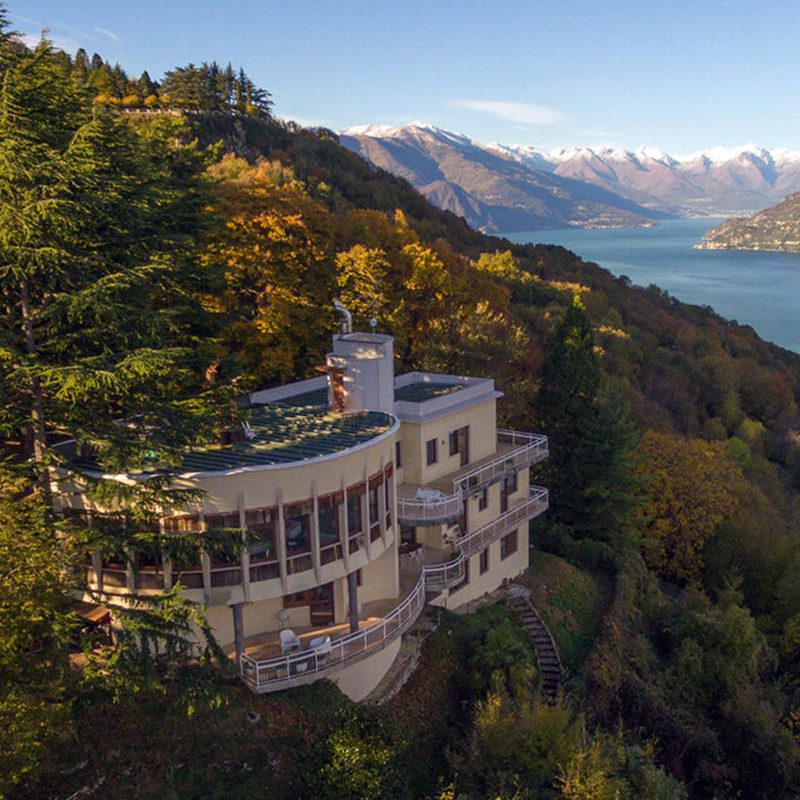Saudi Arabia’s Mirror Line Horizontal Skyscraper Project Will Be 75 Miles Long and House 5 Million Inhabitants
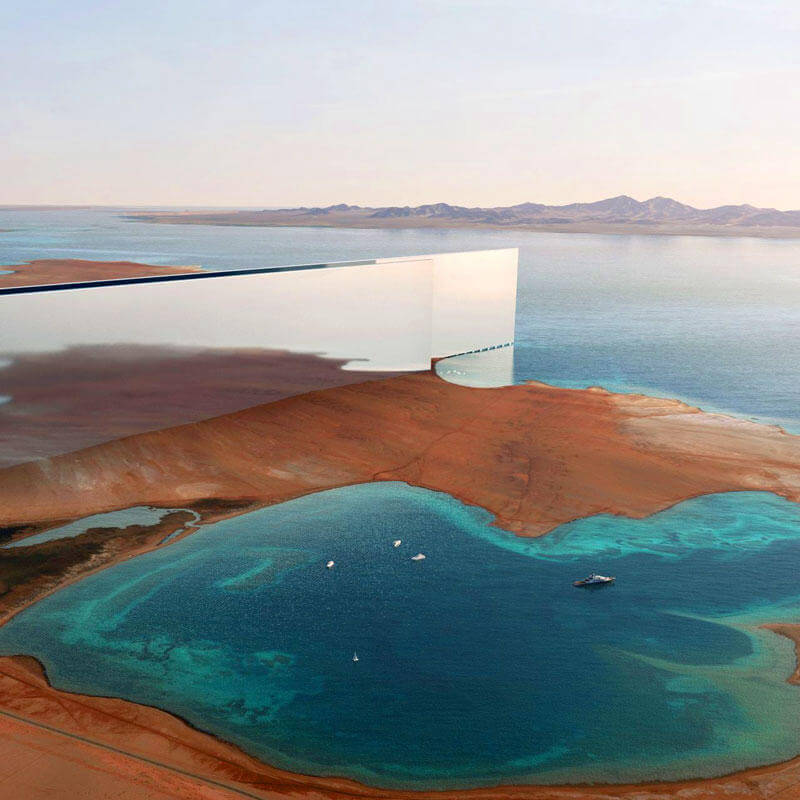
The Middle East oil kingdoms are well known for their extravagant displays of wealth and opulence. Saudi Arabia’s ambitious plan to build the world’s largest structure, a 75 mile long horizontal skyscraper known as the “Mirror Line” in the Northwestern Neom region of the country is one of the latest extravagant projects coming out of the kingdom.
The structure will comprise of two glass reflective buildings measuring up to 1,600 feet high running parallel to each other for 75 miles across coastal, mountain and desert terrain. The parallel buildings will be connected by walkways and a high-speed train that will run beneath both buildings. The project has been touted as a “horizontal skyscraper” because of its enormity and the view of the structure from above.
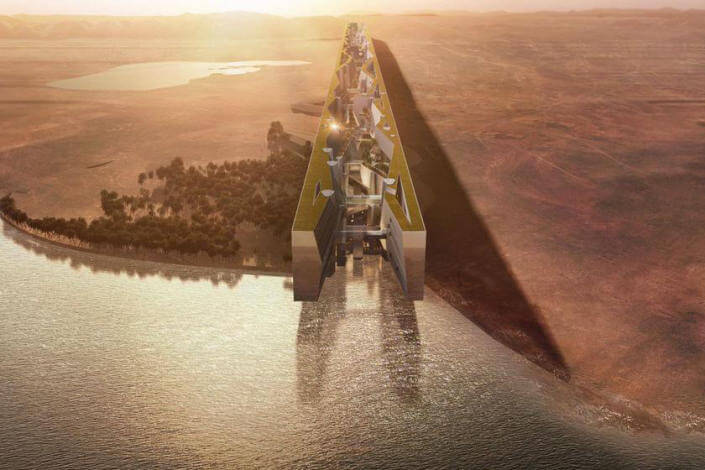
This world class project could not be conceived anywhere but in Saudi Arabia, a nation awash with enormous oil revenue. The project will cost an exorbitant $1 trillion dollars and is projected to house up to five million people who will have the luxury of traveling from one end of the structure to the other in 20 minutes, thanks to the high-speed rail system.
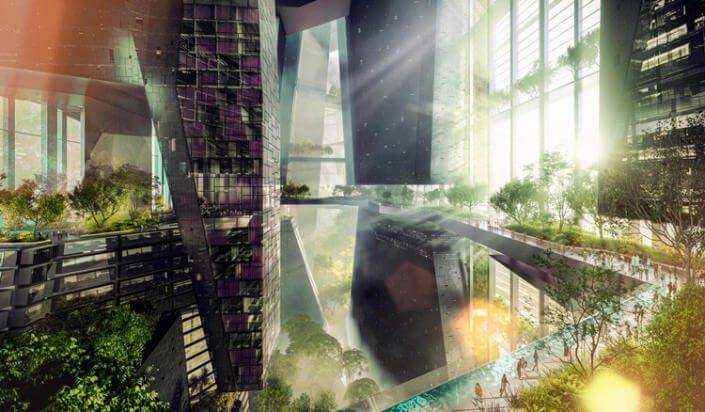
The structure will include everything sustainable with food for residents grown in enormous vertical farms. A marina for yachts will be at the end of the structure that reaches the coastal area, while a sports stadium will be built up to 1,000 feet above ground.
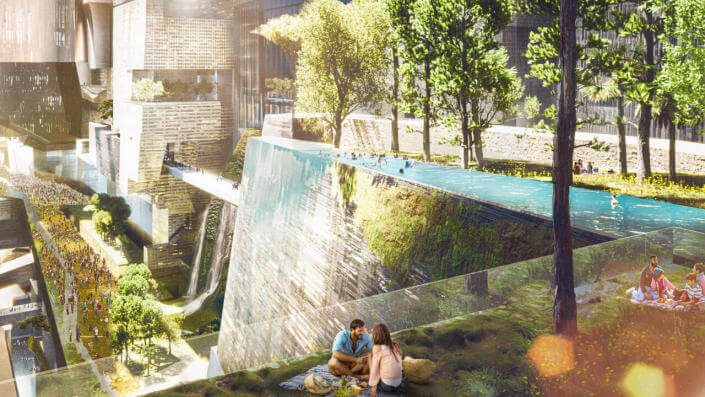
The Neom Megacity project as it’s officially called is part of the plan by Crown Prince Mohammed bin Salman’s zero-carbon smart city project called Neom which is another enormous project being planned to construct a smart city the size of US state of Massachusetts.
These enormous and expensive projects are part of the Saudi Vision 2030 framework, a plan that seeks to transform the Saudi economy and reduce the kingdom’s dependence on oil revenue. That said, the deadline for building the Neom megacity is 2030 but initial assessment states that the project could take as much as 50 years to complete.

